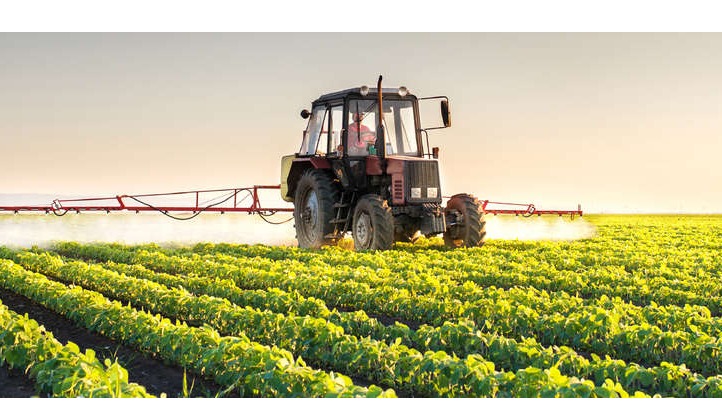Agriculture

Overview
This sector remains central to Tanzania’s industrialization as it provides markets for industrial products and raw materials for industries. Tanzania has 44 million hectares of arable land with an estimated 29.4 million hectares suitable for irrigation.
Quick Facts
- Agriculture employs about 67 % of the employed population and remains central to Tanzania’s industrialization as it provides markets for industrial products and raw materials for industries
- Tanzania has the 2nd largest livestock population in Africa.
- Less than 1% of all meat is processed locally, at the same time vast quantities of processed meat are imported
- The area of freshwater cover is estimated at 54,337 sq. km., which is about 6.1 % of the total country’s surface area
- The country has Territorial Sea of 64,000 sq. km., an Exclusive Economic Zone (EEZ) covering an area of about 223,000 sq. km and 1,424 km coastline along the Indian Ocean
- Tanzania produces about 300,000 tonnes of raw sugar annually, (2014/2015 figures) leaving a demand gap of about 220,000 tonnes to be met through imports. The sugar supply gap is set to increase at an estimated 6% per annum from the current 300,000 tons/year
- There are 4 existing estates in Tanzania, producing a total of 300,000 tons of sugar per year and reaching their full capacity.
- Tanzania has among the highest average cane yields in the world, at 120 tons/ha due to good soils and climate.
- With ample rainfall and generous rivers fed by the high hinterland plateaus, Tanzania has among the best irrigation potential in the sub-region.
- Soil and topography in target sugar zones are ideal for industrial sugarcane cultivation.
- Tanzania spends more that US$ 150,000 annually to import edible oil. Lack of modern mechanical extraction equipment and ineffective way to increase productivity in agriculture has situated Tanzania to rely on imported edible oil.
- Tanzania has sunflower, cotton, groundnuts, soya beans, and palm, which, with increased production, and productivity can be used to anchor a competitive edible oil industry in the country and regional market.

